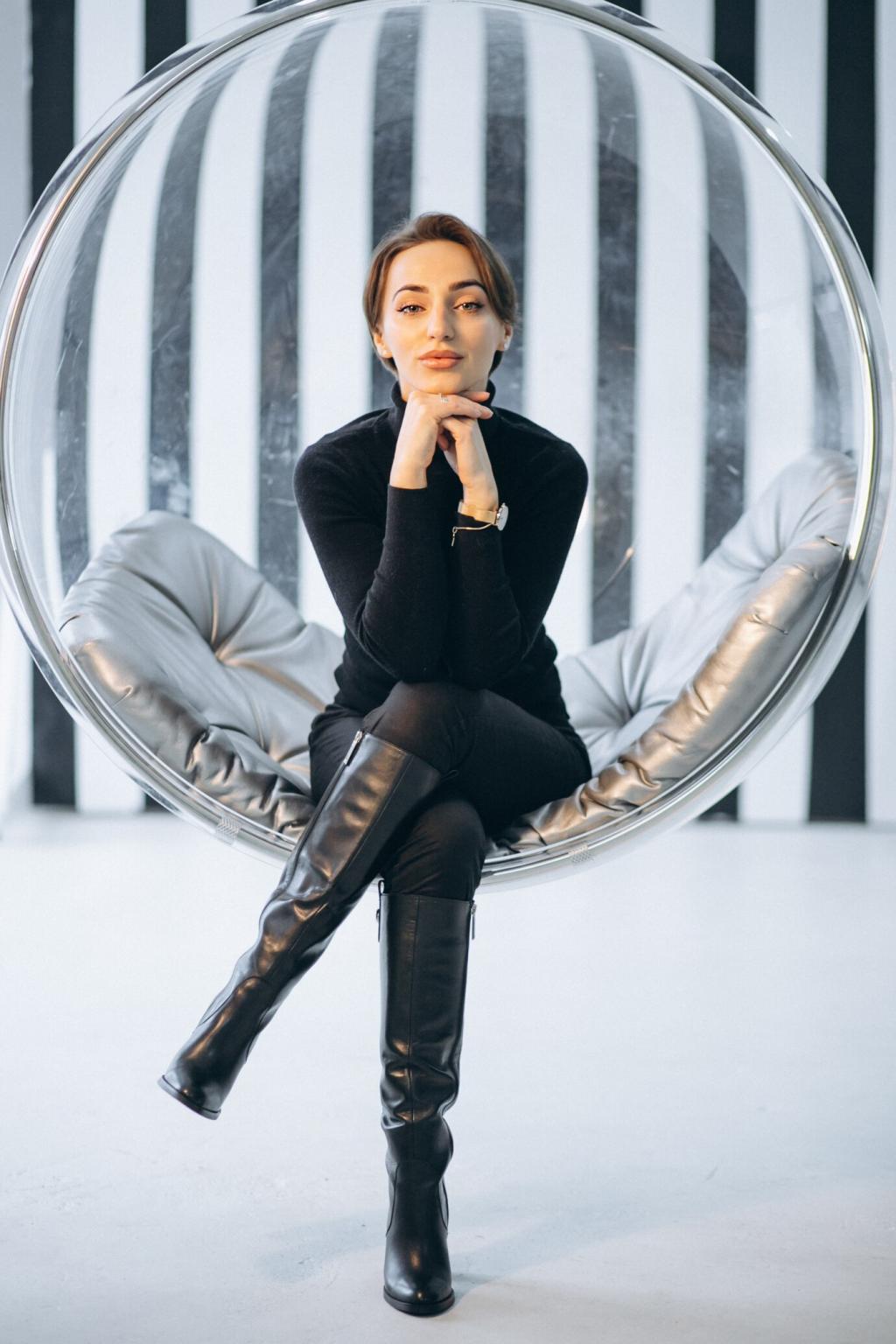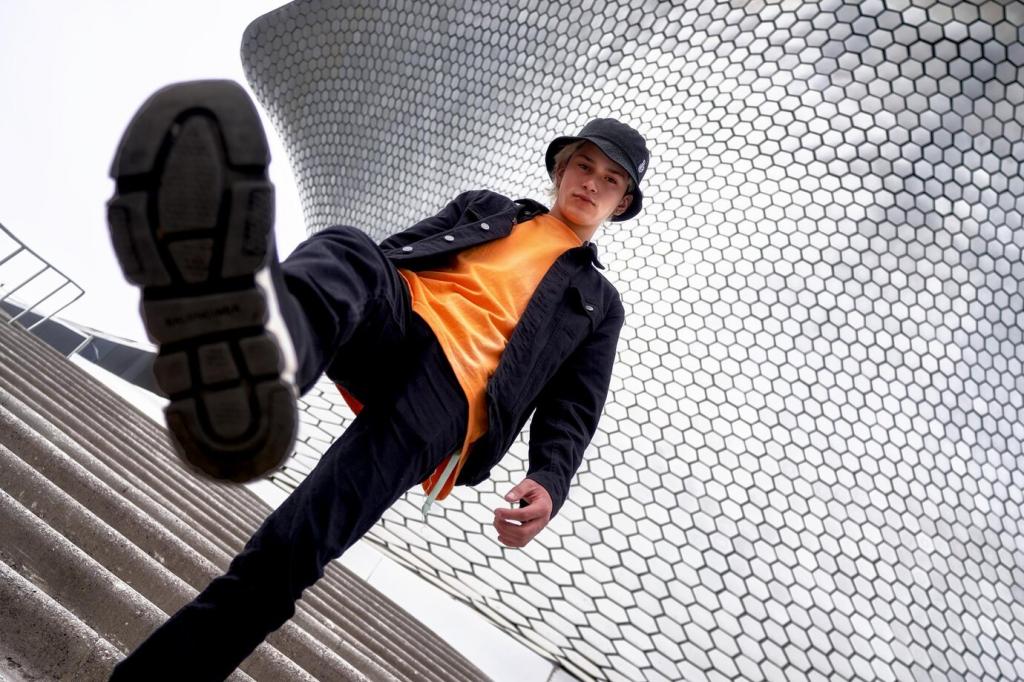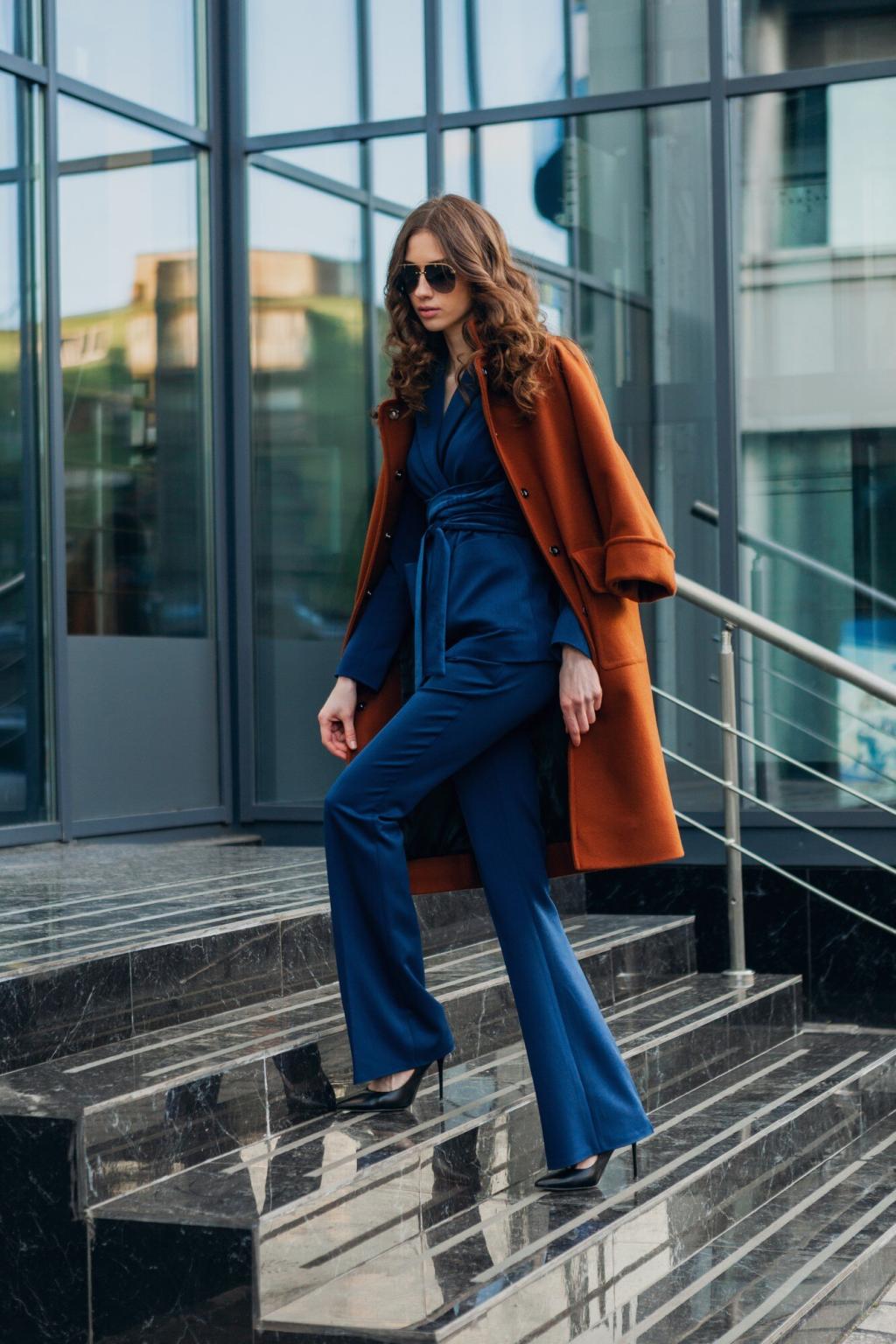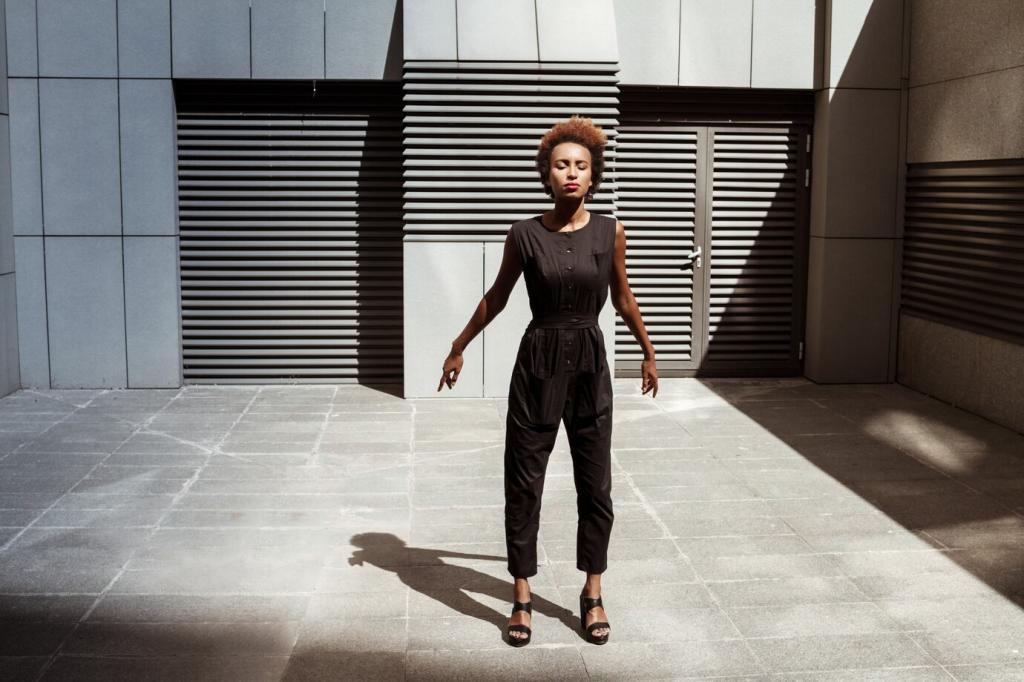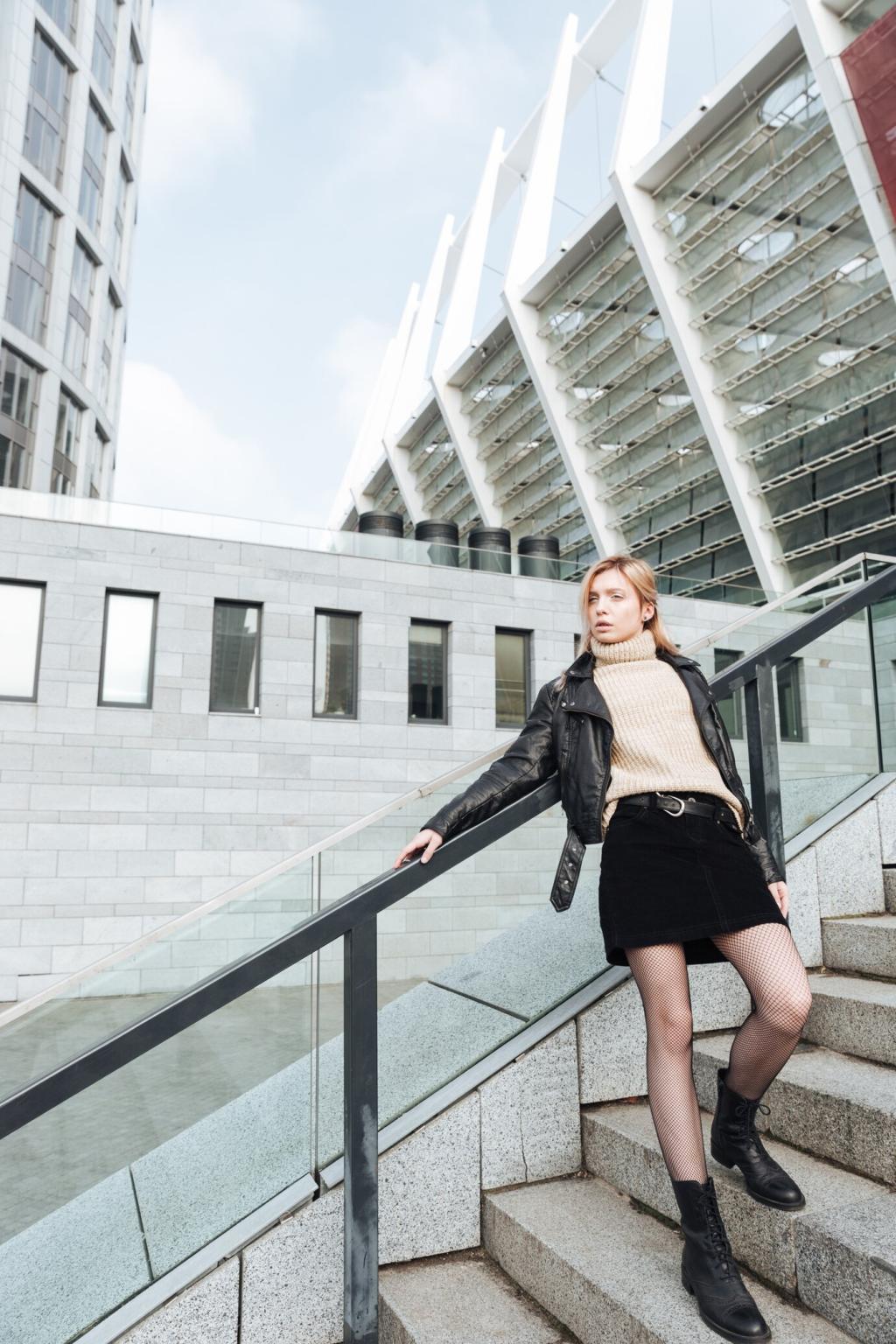Designing Immersive Holographic UX
Design with depth as meaning, not spectacle. Lead the eye with layered composition, use occlusion to imply relationships, and anchor key elements near neutral focus distances to keep comfort high during longer interactions.
Designing Immersive Holographic UX
Midair text must survive glare and motion. Favor sturdy sans-serifs, generous spacing, dynamic contrast, and subtle depth shading. Keep critical copy at comfortable vergence and support voice or gesture enlargement for accessibility.

